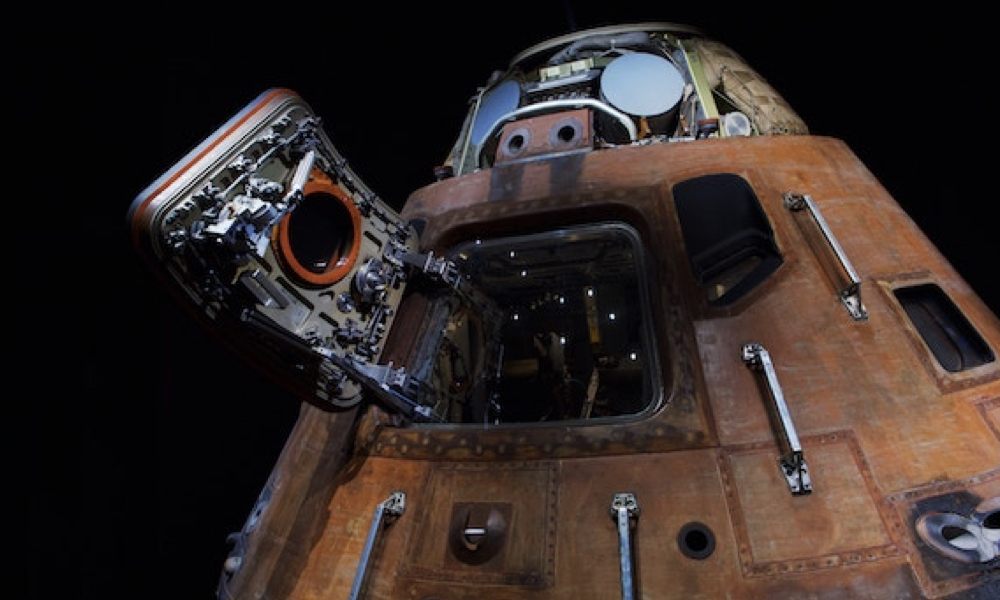
ESA Open Invitation to Tender AO10424
Open Date: 12/03/2021
Closing Date: 07/05/2021 13:00:00
Status: ISSUED
Reference Nr.: 20.1TF.03
Prog. Ref.: Future Prep 4.0.1
Budget Ref.: E/0501-01D – Future Prep 4.0.1
Special Prov.: BE+DK+FR+DE+IT+NL+ES+SE+CH+GB+IE+AT+NO+FI+PT+GR+LU+CZ+RO+PL+HU+CA
Tender Type: C
Price Range: 200-500 KEURO
Products: Satellites & Probes / On-board SW / Other / Satellites & Probes / On-board Data Management / On Board Data Management / Other
Technology Domains: Space System Software / Advanced Software Technologies / Advanced Software Development Methods and Tools / Space System Software / Space Segment Software / Innovative Software Management Process / Space System Software / Space Segment Software / Software Architectures
Establishment: ESTEC
Directorate: Directorate Telecom & Integrated Applica
Department: Telecom Technologies,Product&Systems Dep
Division: Future Projects Division
Contract Officer: Lucas, Adriana
Industrial Policy Measure: N/A – Not apply
Last Update Date: 12/03/2021
Update Reason: Tender issue
The potential for Distributed Ledger Technology, DLT (or blockchain), has been widely discussed over the last few years. The majority of uses to date have however been with cryptocurrencies and given the volatility, viability, and even morality associated with many of these projects, blockchain technology itself has sometimes been tainted by association. There is however a widening realisation of the potential for blockchain outside of supporting cryptocurrencies with predictions of a fundamental change to the conduct of government and international commerce through a wide range of applications from space: secure voting, digital identity management, sensitive data protection, smart contract management, historic data logging from e.g. remote sensors, music rights management, etc. The European Commission has identified Blockchain as a key technology for creating future social and economic benefits, has funded a significant number of pilot projects through its Horizon 2020 programme, supported standardisation activity, and established a number of consultative and advisory forums. This is in addition to the many national and private initiatives currently focussed on blockchain applications. The physical elements of a blockchain system are a geographically diverse data storage capability connected via acommunications network for distribution and coordination, implying that satellite systems represent a potential element of many future DLT systems. Blockchain implementations where the nodes are realised as ground-based computers, servers, and storage devices represent an obvious growth opportunity for satellite with its inherent broad geographic reach and broadcast capabilities. Use cases exploiting current satellite capabilities are therefore currently being pursued through the ARTES BASS programme, but space segment conceived and optimised for such uses are not currently being considered. In addition, for some applications there may be benefits to implementing the blockchain nodes within the space segment, i.e. outside of individual national or political influence or to provideincreased diversity and resilience. A number of companies in the U.S. and China have already outlined plans for DLT applications thatrequire dedicated or modified space segment architecture; e.g. to provide storage for ultra-secure wallets (i.e. value) in spaceor distributed over a constellation. Some additional functionality (and hence value) might also be created within space-based nodesbygenerating information regarding the time and location of transmissions/transactions to validate entries into the ledger. Thereis also early development of so-called layer 2 services that are built on top of the DLT mechanism that allow for very fast exchange of value between individuals, similar to micro-payment scenarios, that could be enabled by satellites unique broadcast capabilities. Satellite systems therefore potentially represent a highly efficient implementation for an independent, secure, global, and transparent tool for facilitating trust, and hence creating a broad range of societal benefits. The proposed activity would thereforeseek to identify the DLT use cases that most readily lend themselves to implementation via a future satellite system, and attempt to define the system architecture most suited for their implementation. As more national governments start to regulate services that arebased on DLT technologies, the regulatory environment shall be considered within this activity. The outcomes would be used to inform the community of the capabilities and feasibility of such systems, and define technology developments necessary to make them a reality.
If you wish to access the documents related to the Invitation to Tender, you have to log in to the ESA Portal.
